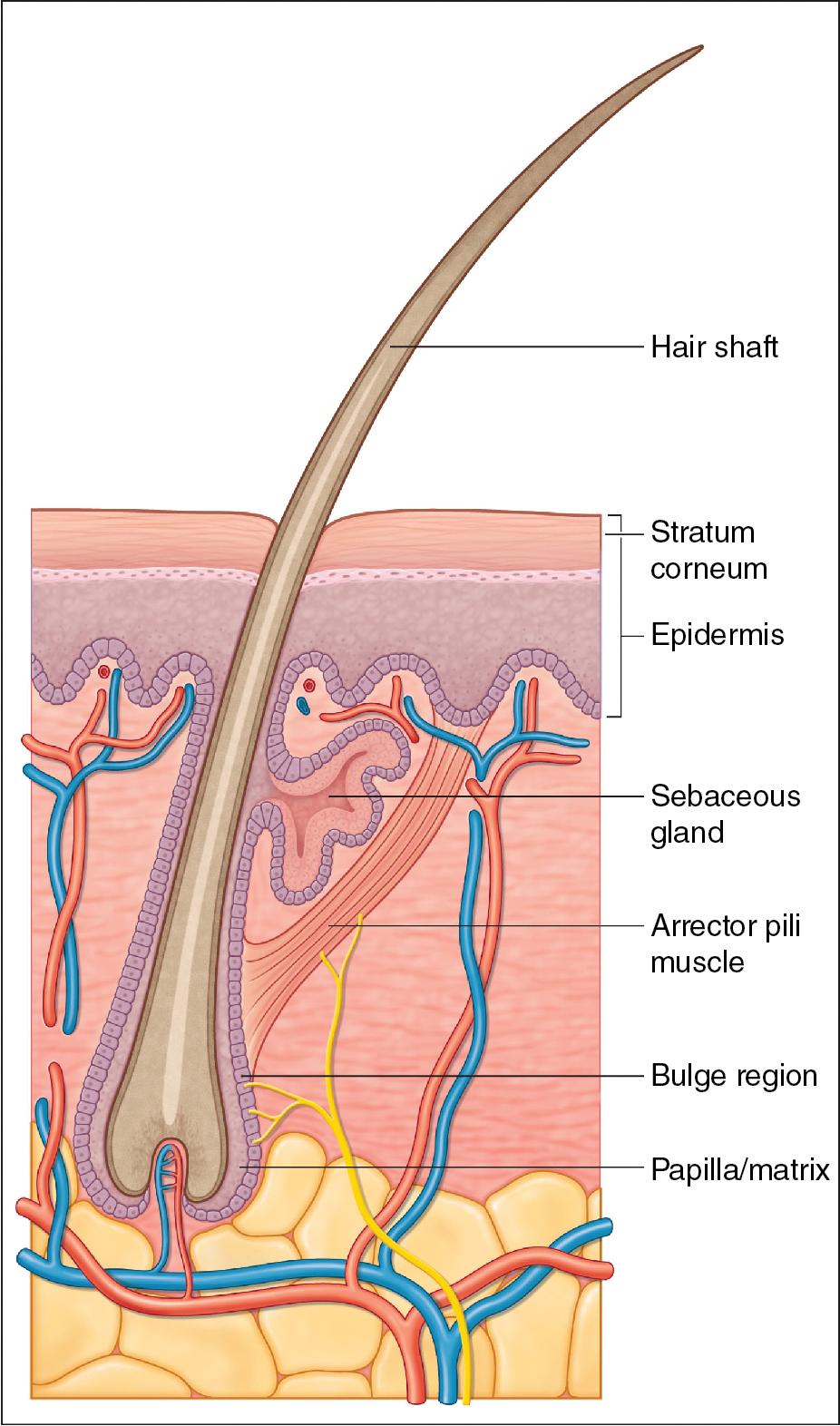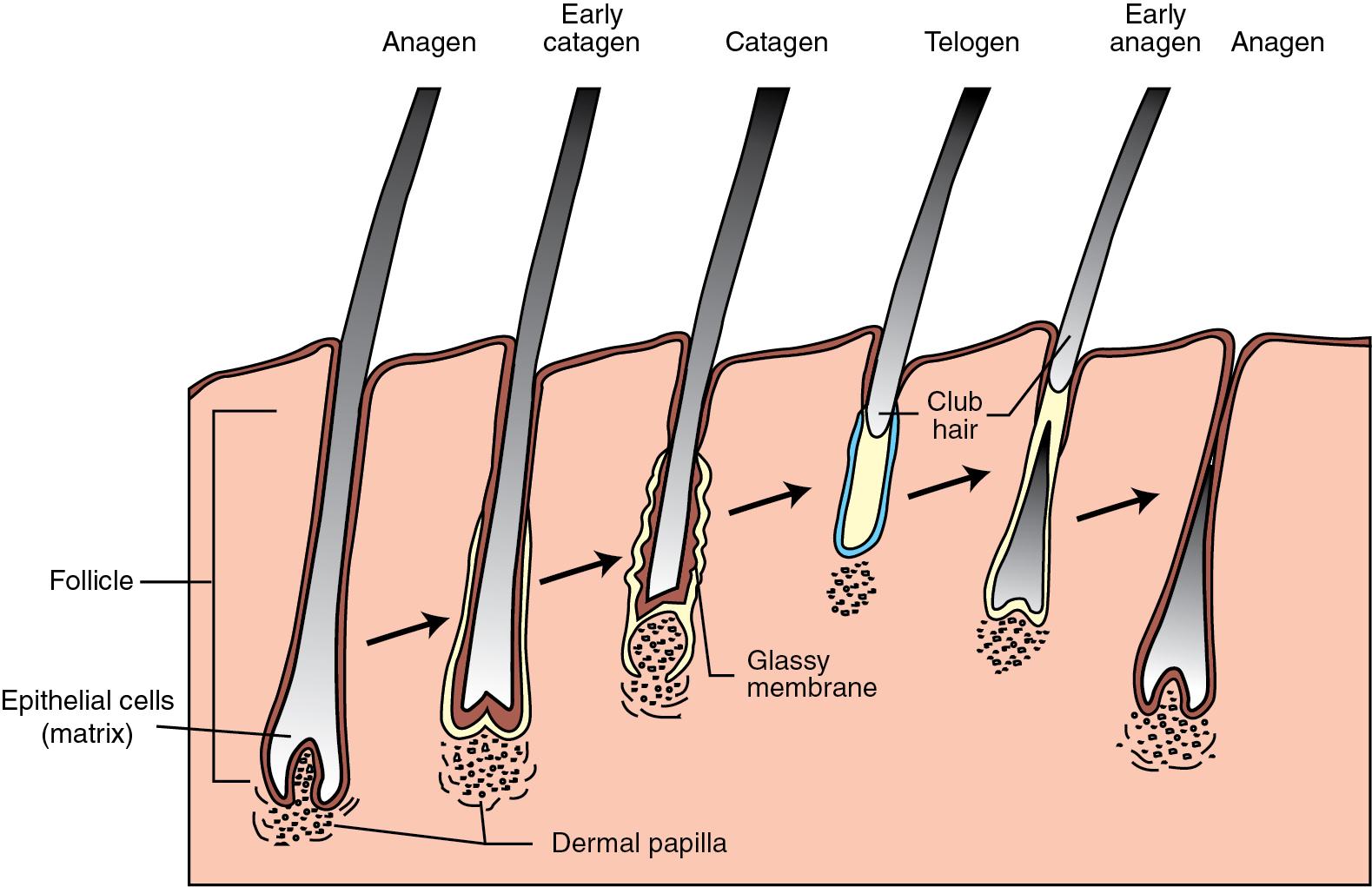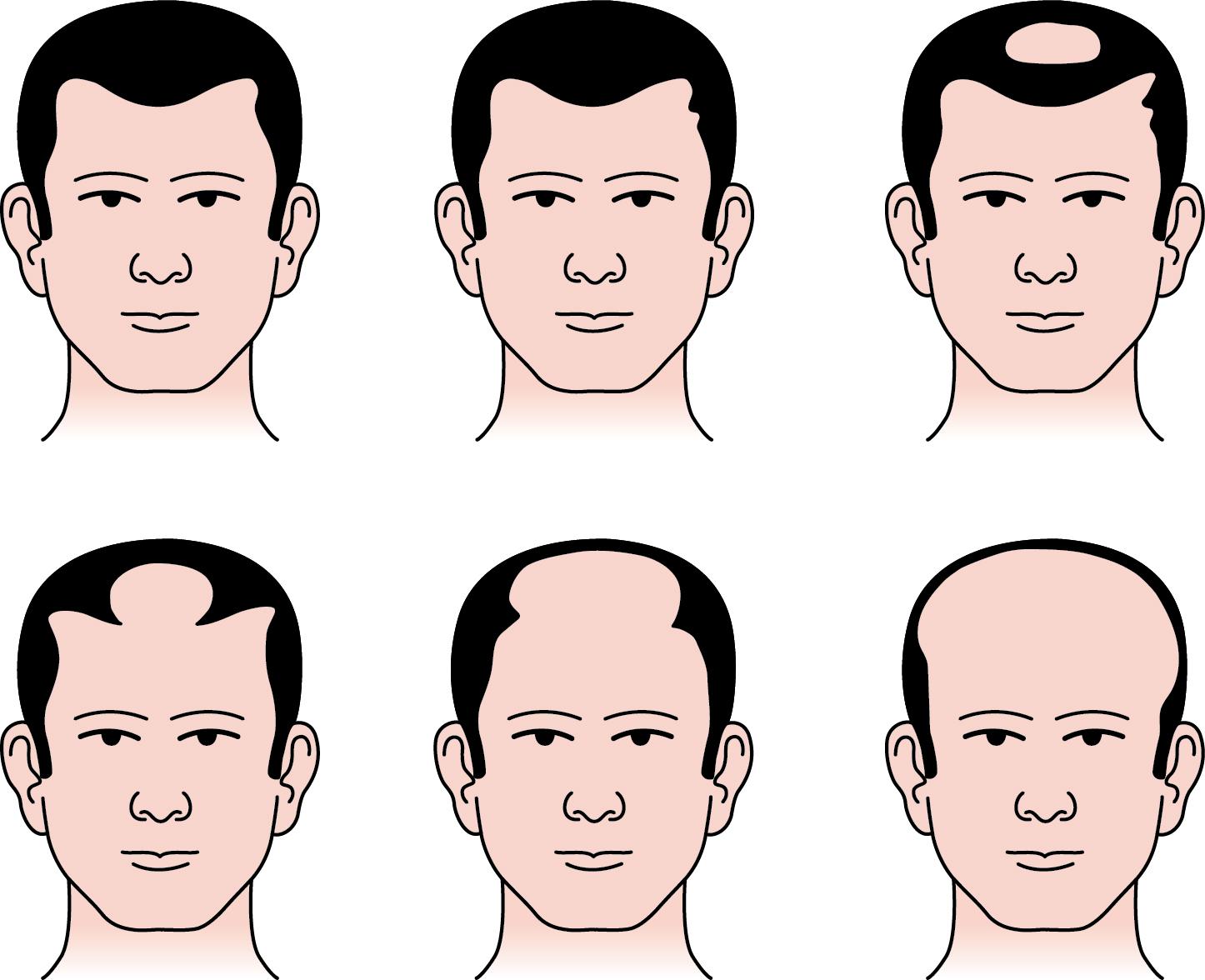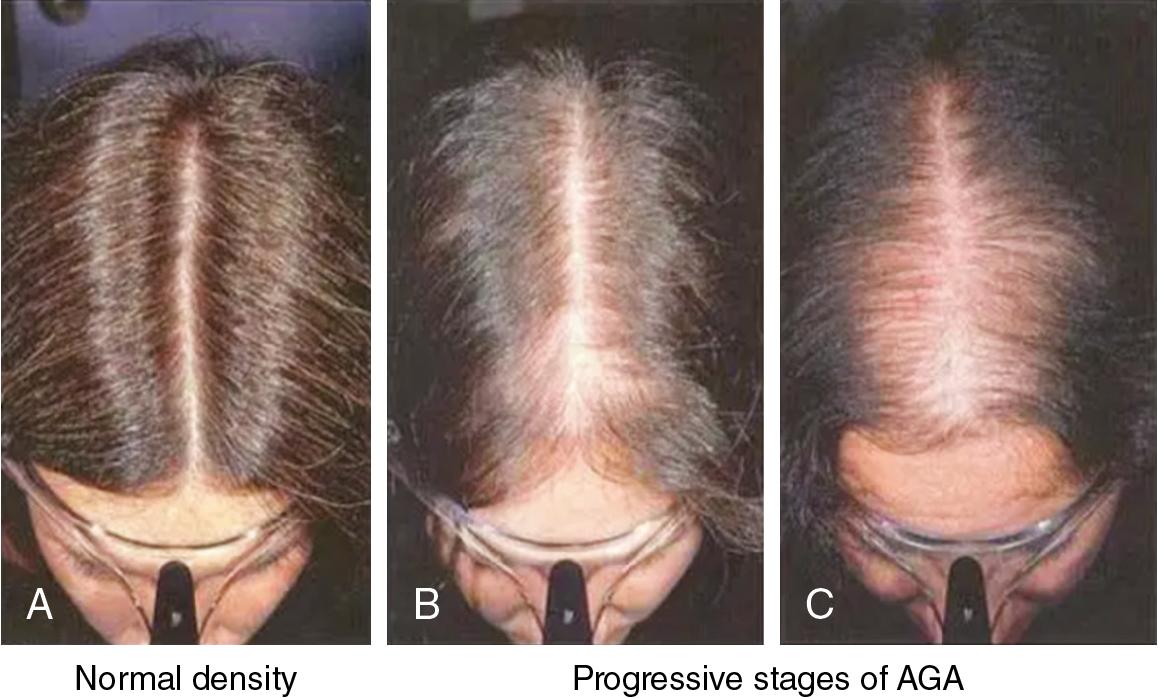Physical Address
304 North Cardinal St.
Dorchester Center, MA 02124
Androgenetic alopecia (AGA) is the most common cause of hair loss in both men and women, and is significantly mediated by dihydrotestosterone (DHT).
The two primary methods of hair transplantation are follicular unit transplantation (FUT) and follicular unit extraction (FUE).
FUT is a highly reliable procedure involving removal of occipital scalp tissue, microscopic dissection of follicular units, and subsequent reimplantation into desired areas.
FUE is a more recent technique for harvesting grafts, whereby follicular units from the donor site are individually extracted using a punch device and implanted into recipient areas.
The human hair consists of a shaft and a root. The shaft is the visible part of the hair, while the root extends down into the deeper layers of the skin, surrounded by the hair follicle (a sheath of skin and connective tissue), and connected to a sebaceous gland. The hair follicle is attached to a small muscle (arrector pili muscle) that can make the hair stand up. It also contains many nerve endings which sense hair movement. The hair root widens at its base to form the hair bulb. At the base of the hair bulb is the papilla, which supplies the hair root wiht blood. New hair cells are produced near the papilla within the hair bulb. (see Figure 9.1 ).

Alopecia is a common physical disorder that can significantly impact patients’ quality of life. , AGA is the most common cause of hair loss in both men and women, affecting around 50% of men and 25% of women by the age of 50 years. , Prevalence increases with age and is higher in white populations compared with Asian and black cohorts.
The life cycle of a hair follicle consists of three primary phases. Anagen is the active growth stage, lasting between 3 and 5 years and comprising approximately 90% of hair follicles at any one time. Catagen is characterized by apoptosis and loss of a hair follicle’s dermal attachments, resulting in its migration to the skin surface as a club hair over 1 to 2 weeks. Telogen describes a 2- to 3- month resting phase, during which the dormant club hair remains temporarily anchored in place while a new hair bulb forms within the papilla , (see Figure 9.2 ).

The primary hormones driving the effects seen in AGA are testosterone and its downstream analogue, DHT. Stimulation of dermal papilla cells’ androgen receptors (ARs) by these molecules results in site-specific effects, ultimately contributing to male and female pattern hair loss (MPHL and FPHL). In androgen-dependent areas such as the beard and axilla, hair follicles increase in size upon androgen stimulation. Conversely, follicles in the frontal and vertex scalp miniaturize with androgen exposure, resulting in the classical presentation of MPHL. The temporal and occipital scalp contains largely androgen-insensitive hair follicles. These differing hormonal responses are thought to be secondary to differences in embryologic origins of scalp dermis.
Androgens progressively reduce the anagen phase of the hair cycle, resulting in shorter follicles, which ultimately may not breach the epidermis. Notably, DHT has a fivefold increase in AR affinity compared to its precursor testosterone and is therefore considered the dominant androgen responsible for follicular changes seen in AGA. As such, a mainstay medical therapy for MPHL seeks to block the conversion of testosterone to DHT by inhibiting the responsible enzyme, 5-alpha reductase.
The phenotypic appearance of MPHL and FPHL are most commonly described by the Norwood and Ludwig classifications, respectively. The Norwood classification system groups men’s hairlines into seven stages based on severity. Increasing progression of hair loss from anterior to posterior results in higher staging (see Figure 9.3 ). The Ludwig system stratifies women into three groups based on generalized thinning and central hair loss. The frontal hairline is typically spared, but thinning at the vertex often results in a characteristic “Christmas tree” pattern of alopecia (see Figure 9.4 ).


While the effects of alopecia on physical health are limited, its psychosocial impact results in lower self-esteem, diminished quality of life, and reduction in patient identity. Patients can exhibit body dysmorphia, and often have feelings of social disadvantage compared to their peers. A recent health utility study performed by Abt et al. found that patients were willing to trade in 7% to 9% of their remaining life to permanently cure their hair loss. These data collectively demonstrate the profound negative effect of alopecia on patients’ mental health. Studies examining the psychosocial state of the post–hair transplant patient are more limited. However, Bater et al. found that men were perceived more attractive, successful, and approachable following hair transplant than their pretransplant counterparts. Abt et al. further demonstrated that individuals who had undergone hair transplant were perceived as healthier than those with hair loss. These encouraging findings can help guide preoperative counseling for select individuals.
Become a Clinical Tree membership for Full access and enjoy Unlimited articles
If you are a member. Log in here